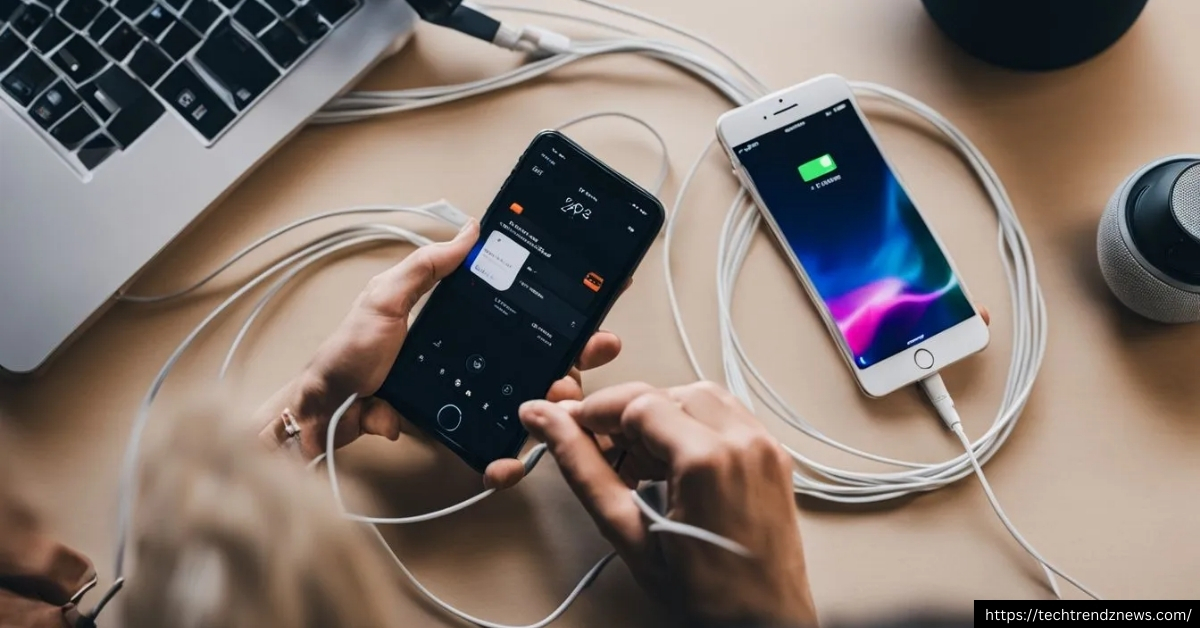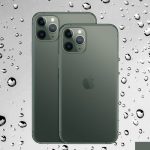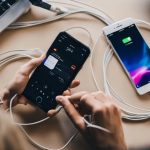If you’re looking to connect JBL speakers to your iPhone, you’ve come to the right place. Whether you’re gearing up for a party, a workout session, or simply want better audio quality, connecting your JBL speaker is a straightforward process. In this comprehensive guide, we’ll walk you through various methods, troubleshooting tips, and frequently asked questions to ensure you enjoy a seamless audio experience.
How to Connect JBL Speakers to iPhone: A Comprehensive Guide
Introduction
JBL speakers are renowned for their exceptional sound quality and versatility. From wireless Bluetooth models to those supporting wired connections, JBL offers a range of options compatible with iPhones. Before diving into the connection process, it’s essential to know which method suits your setup and preferences.
Section 1: Checking Compatibility
Before attempting to connect your JBL speaker, ensure your iPhone is compatible. Here’s what you need to verify:
iOS Version: Ensure your iPhone is running iOS 10 or later for optimal Bluetooth performance.
Speaker Model: Most JBL speakers, including the Flip, Charge, and Pulse series, support Bluetooth, AirPlay, and wired connections. Check your speaker’s user manual for specific features.
Battery Levels: Both the iPhone and the speaker should be adequately charged.
Section 2: Connecting via Bluetooth
Bluetooth is the most popular way to pair JBL speakers with an iPhone due to its simplicity. Follow these steps:
1. Turn on your JBL speaker.
Press and hold the power button until the indicator light starts blinking, signaling it’s in pairing mode.
2. Enable Bluetooth on your iPhone.
Go to Settings Bluetooth and toggle it on.
Wait for your JBL speaker to appear under Other Devices.
3. Select your JBL speaker.
Tap the speaker’s name in the list to establish the connection.
Once connected, the blinking light on your speaker should turn solid.
Troubleshooting Bluetooth Connection Issues
If your iPhone fails to connect:
Forget the device: In the Bluetooth menu, select your JBL speaker and tap Forget This Device. Then, try reconnecting.
Reset the speaker: Refer to your JBL speaker manual to reset it, usually by holding the power and Bluetooth buttons simultaneously.
Update iOS: Ensure your iPhone’s software is up to date to avoid compatibility issues.
Section 3: Using a Wired Connection
If you prefer a wired connection, most JBL speakers support an AUX or USB-C input. Here’s how to set it up:
1. Check the cables.
Use a 3.5mm AUX cable or a Lightning to 3.5mm adapter for newer iPhones.
2. Connect the speaker to your iPhone.
Plug one end of the cable into your speaker’s AUX port and the other into your iPhone.
3. Select the audio output.
Go to Settings Audio Output and select your JBL speaker if the sound doesn’t automatically transfer.
Section 4: Using AirPlay
AirPlay provides another way to stream music wirelessly if your JBL speaker supports it. Follow these steps:
1. Connect to Wi-Fi.
Ensure your JBL speaker and iPhone are connected to the same Wi-Fi network.
2. Enable AirPlay.
Swipe down on your iPhone’s screen to access the Control Center.
Tap the AirPlay icon and select your JBL speaker.
Troubleshooting AirPlay Connection Issues
Ensure compatibility: Not all JBL speakers support AirPlay, so double-check your model.
Restart devices: Restart your iPhone and speaker if AirPlay doesn’t work.
Wi-Fi stability: Make sure your Wi-Fi connection is stable and strong.
Section 5: Additional Tips and Troubleshooting
To ensure an uninterrupted experience, consider these tips:
Keep devices close: Maintain a distance of fewer than 10 meters for Bluetooth connections.
Avoid interference: Turn off other Bluetooth devices nearby to prevent signal interference.
Update firmware: Use the JBL app to update your speaker’s firmware for optimal performance.
How To Pair JBL Speaker To iPhone
Pairing your JBL speaker with an iPhone involves simple steps. Turn on Bluetooth on both devices, ensure the speaker is discoverable, and select it from the list of available devices. With this process, you can enjoy high-quality audio effortlessly.
Frequently Asked Questions
How do I connect JBL speakers to my iPhone?
Connecting is easy. Use Bluetooth for a wireless option, an AUX cable for a wired connection, or AirPlay for a seamless Wi-Fi experience.
What type of connection does JBL speakers require to connect to an iPhone?
JBL speakers typically support Bluetooth, AUX, and AirPlay connections, allowing flexibility based on your preferences and setup.
How do I connect JBL speakers to my iPhone using Bluetooth?
Turn on Bluetooth on your iPhone, put your JBL speaker in pairing mode, and select it from the available devices.
Can I connect JBL speakers to my iPhone using a cable?
Yes, you can. Use a 3.5mm AUX cable or a Lightning adapter if your iPhone lacks a headphone jack.
What should I do if my iPhone fails to connect to my JBL speakers via Bluetooth?
Try resetting the speaker, forgetting the device on your iPhone, or ensuring your iOS is updated.
Final Thoughts
Connecting JBL speakers to an iPhone is straightforward, offering various options to suit your preferences. Whether through Bluetooth, AirPlay, or a wired connection, JBL ensures you get top-notch sound quality with ease. If you encounter any issues, the troubleshooting tips provided here should help you resolve them swiftly.
Search
Looking for more tips on optimizing your JBL speaker experience? Use our search bar to find detailed guides.
Recent Post
How to Improve Bluetooth Connectivity
Top JBL Speaker Models for 2024
5 Simple Audio Hacks for Better Sound
Legal
All information provided here is accurate to the best of our knowledge. For specific technical issues, refer to your JBL speaker’s user manual or contact JBL support.




